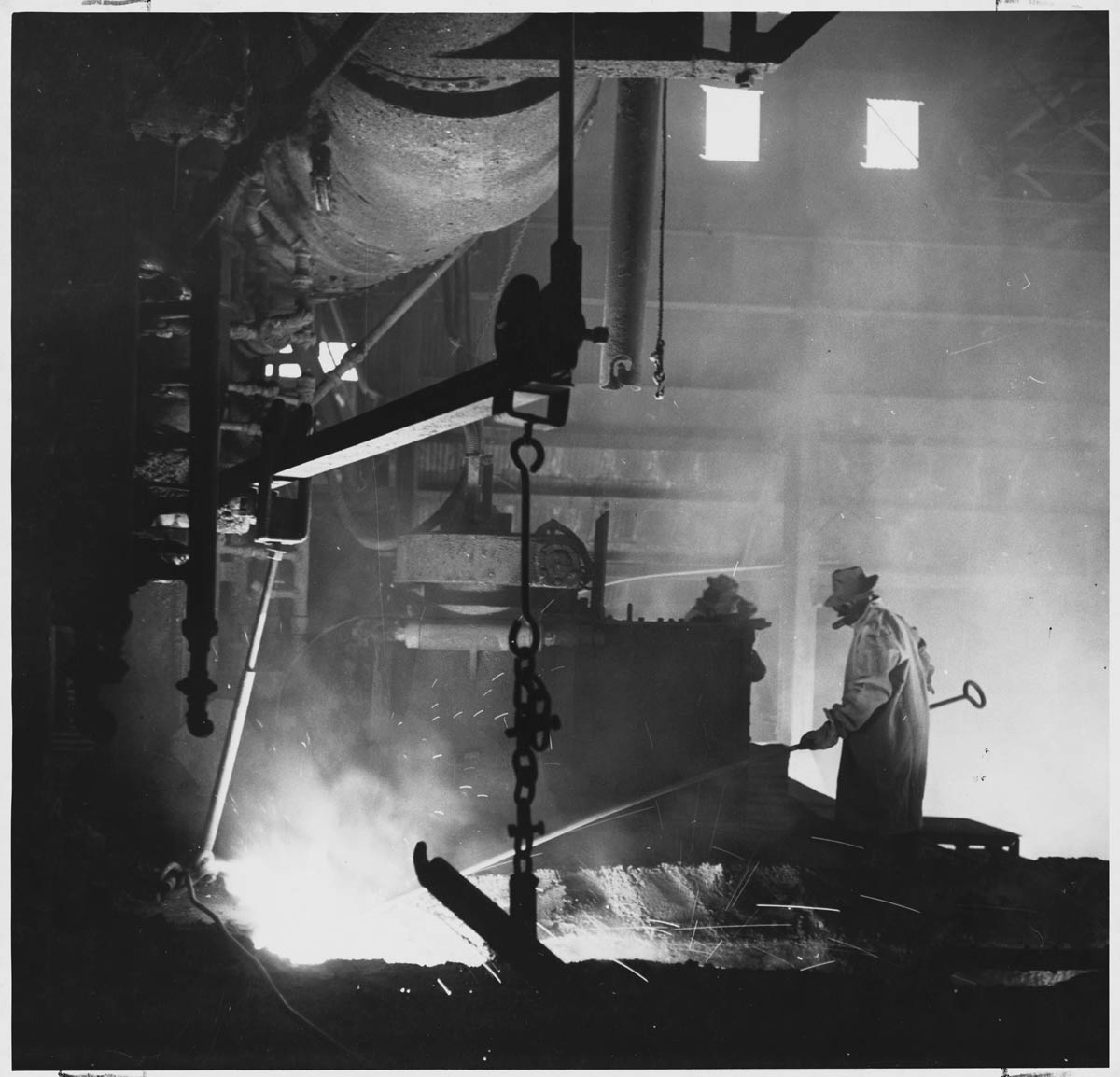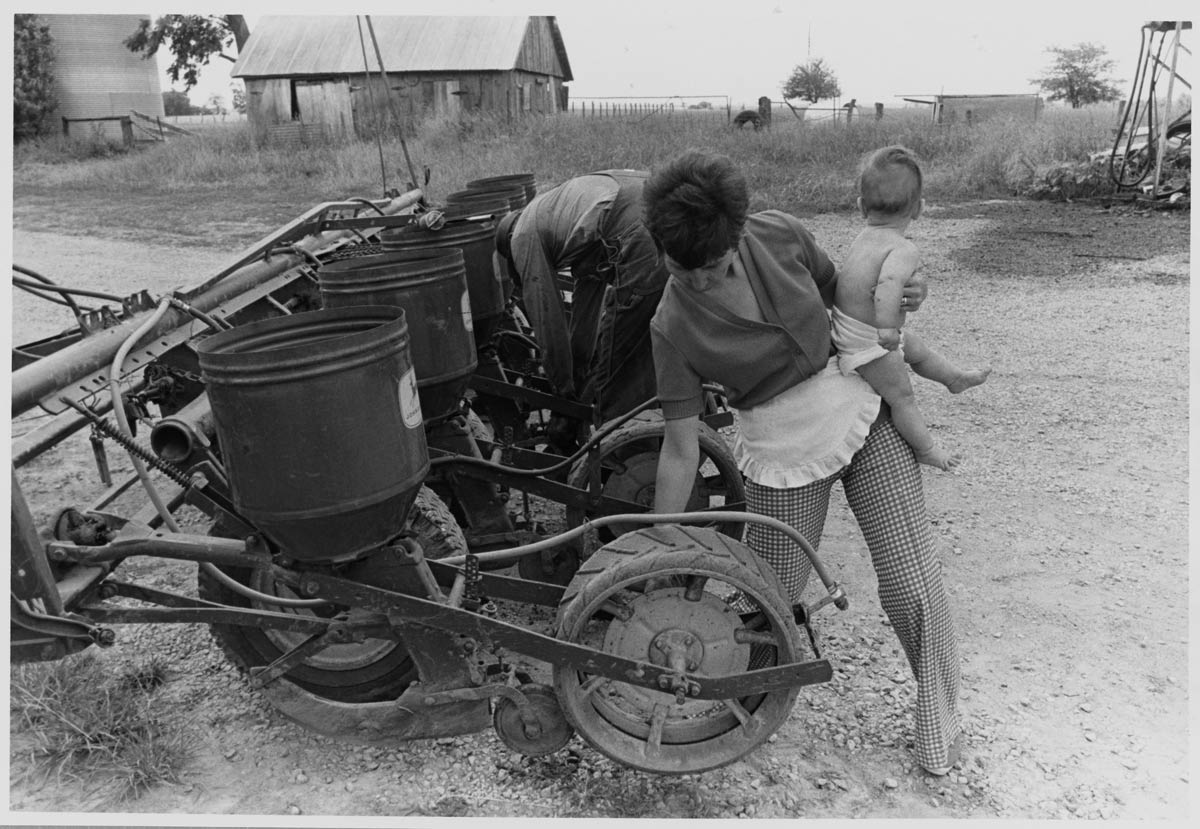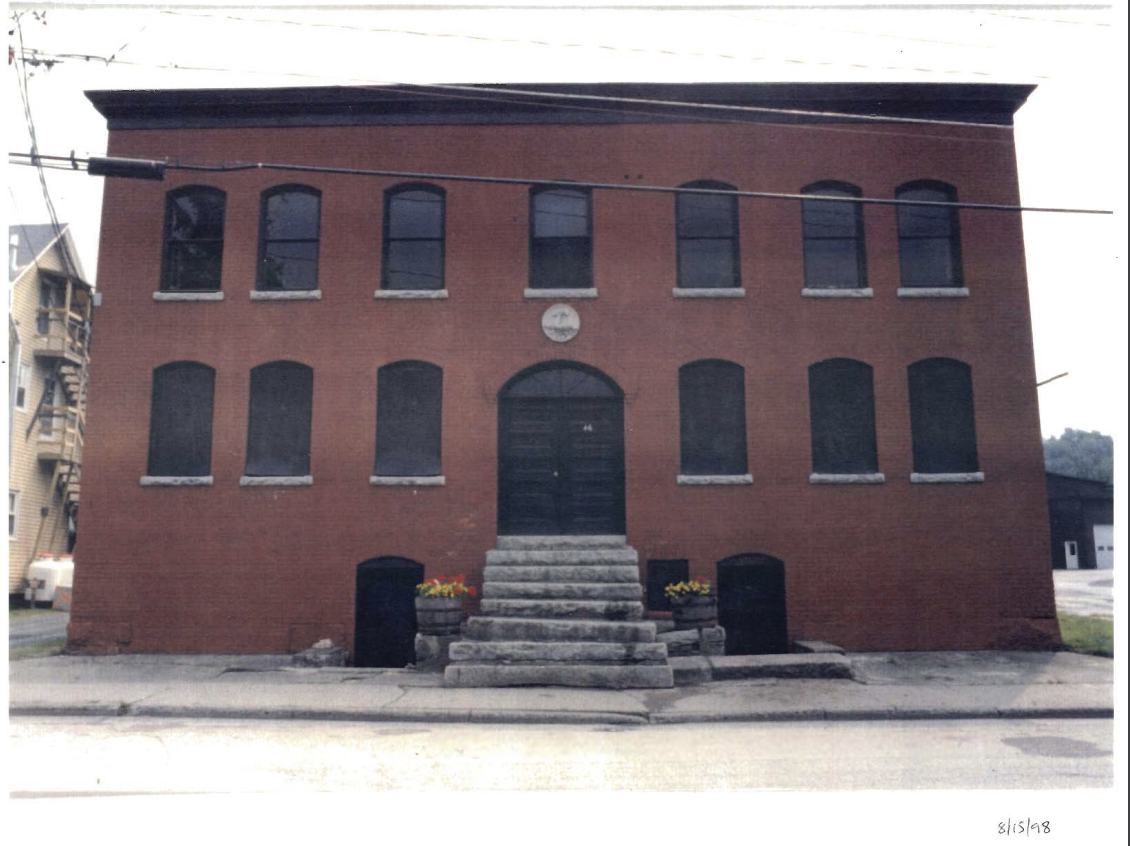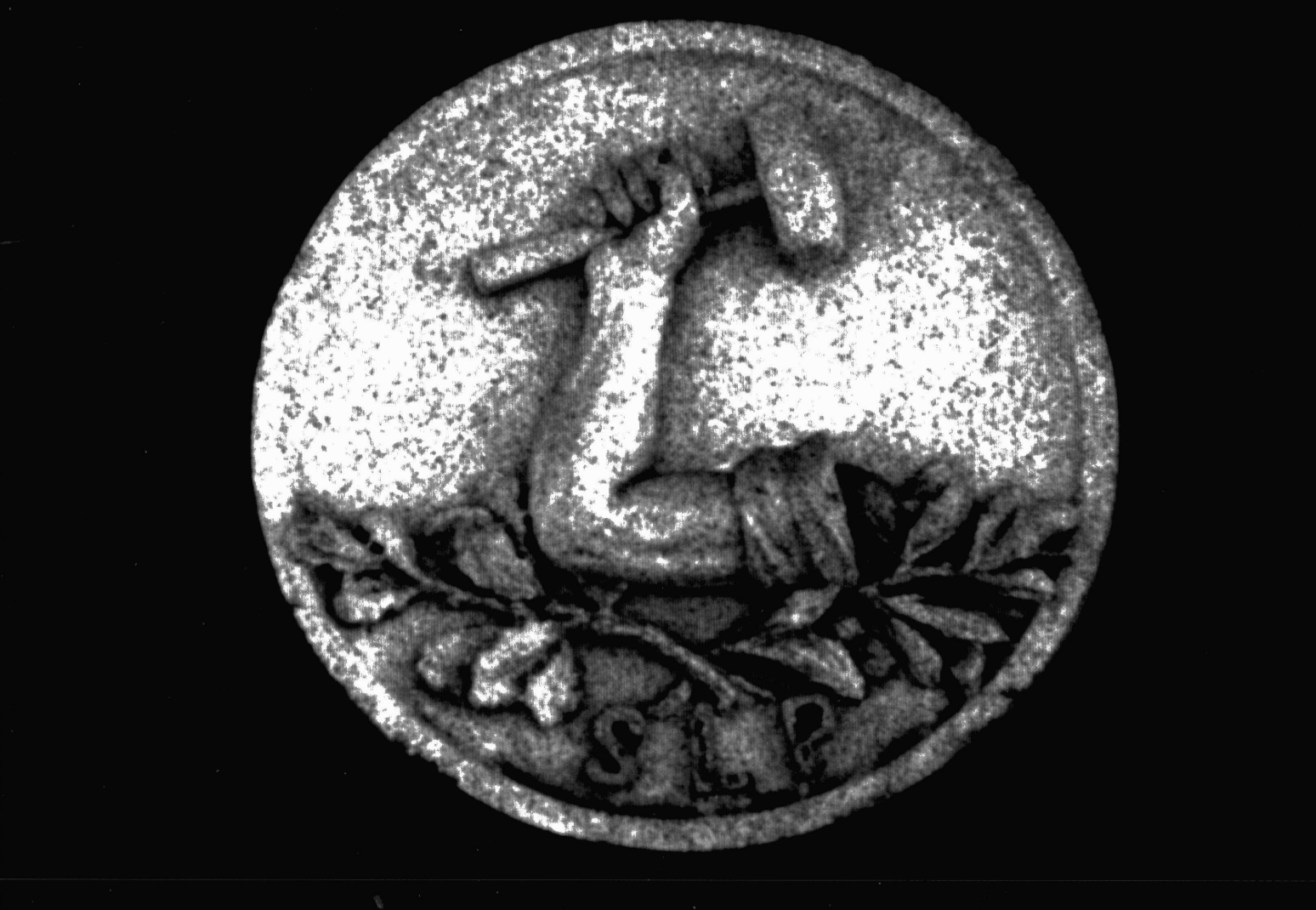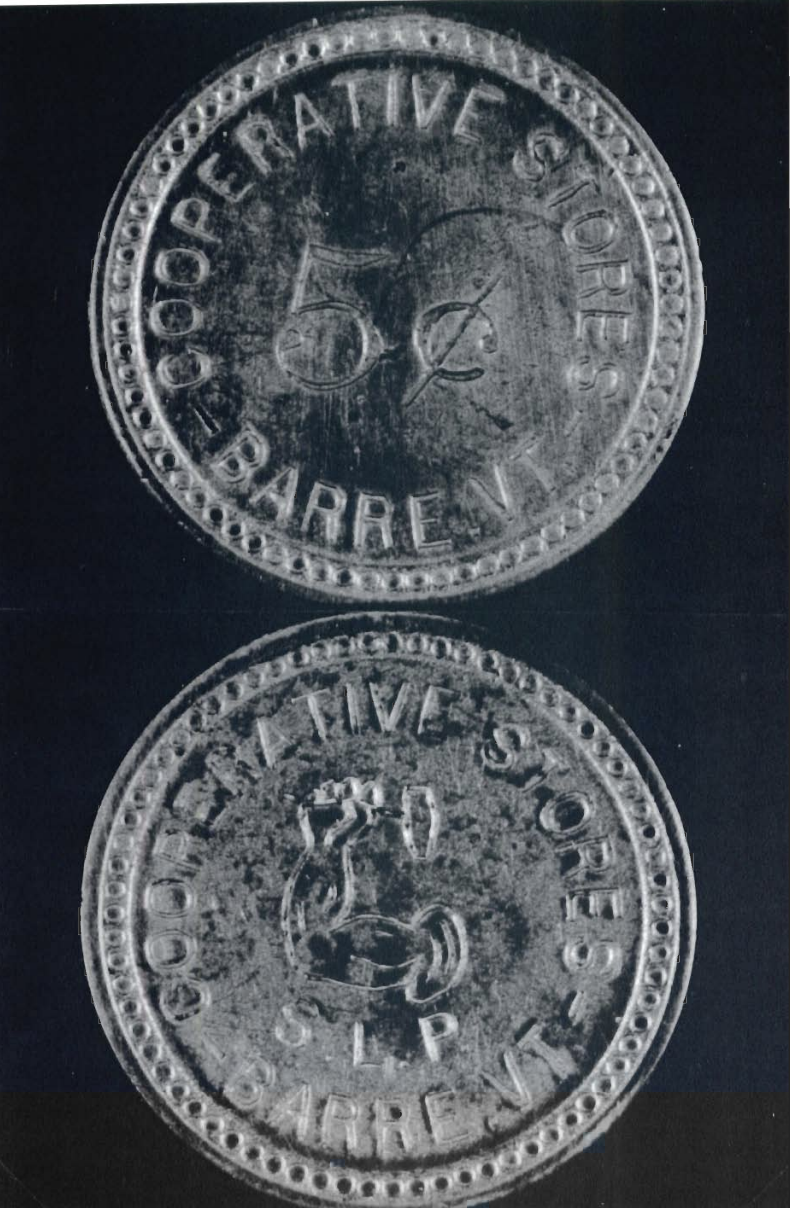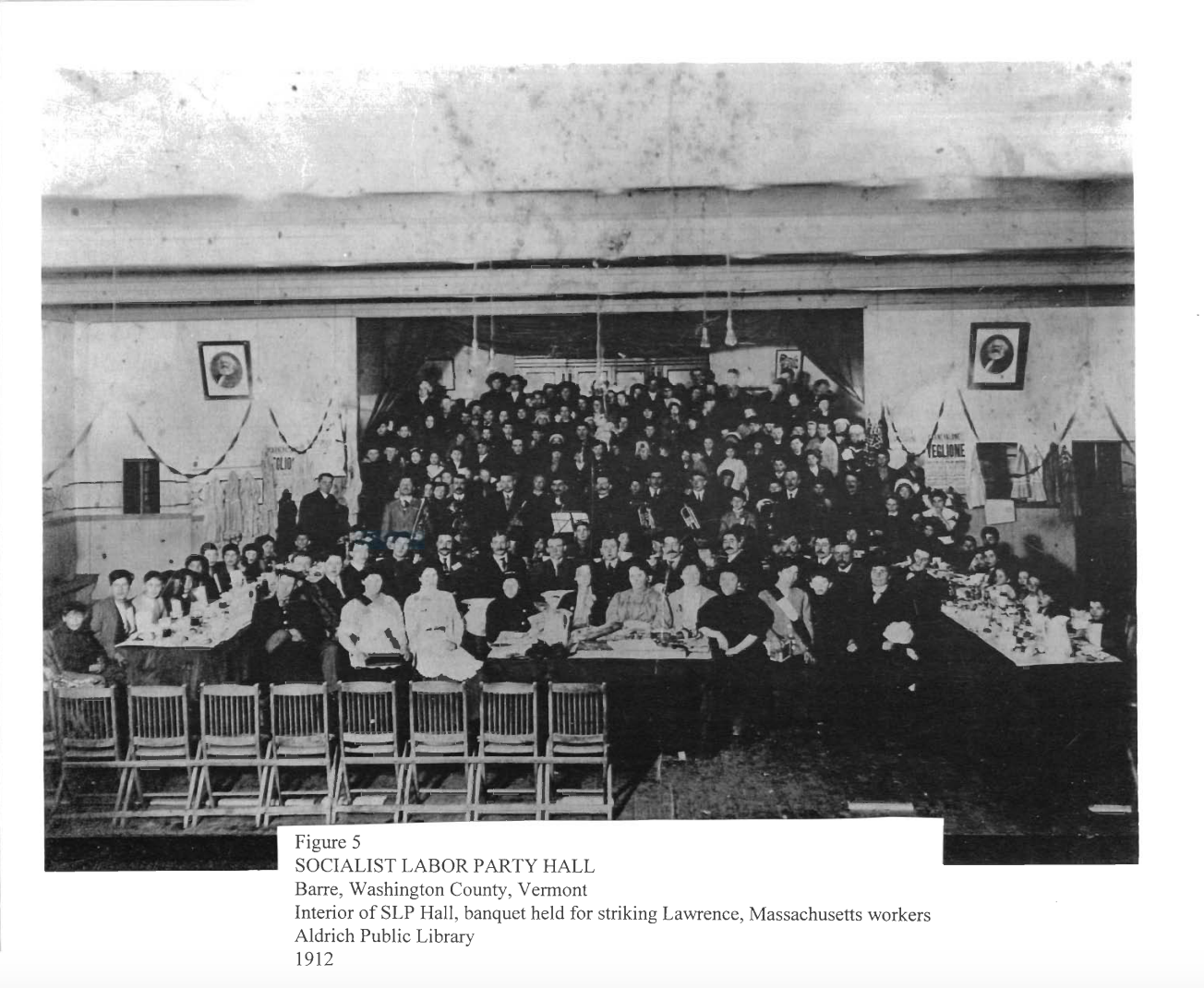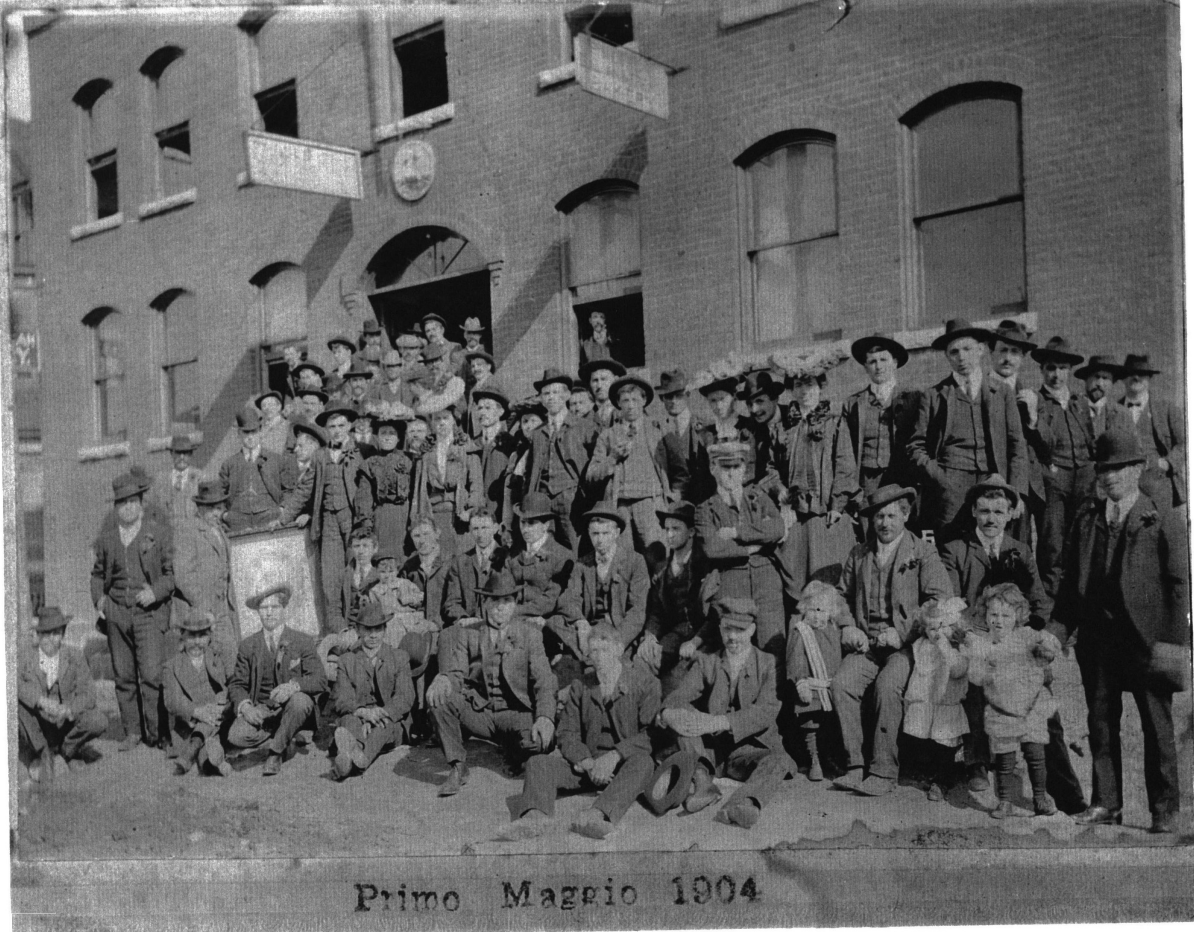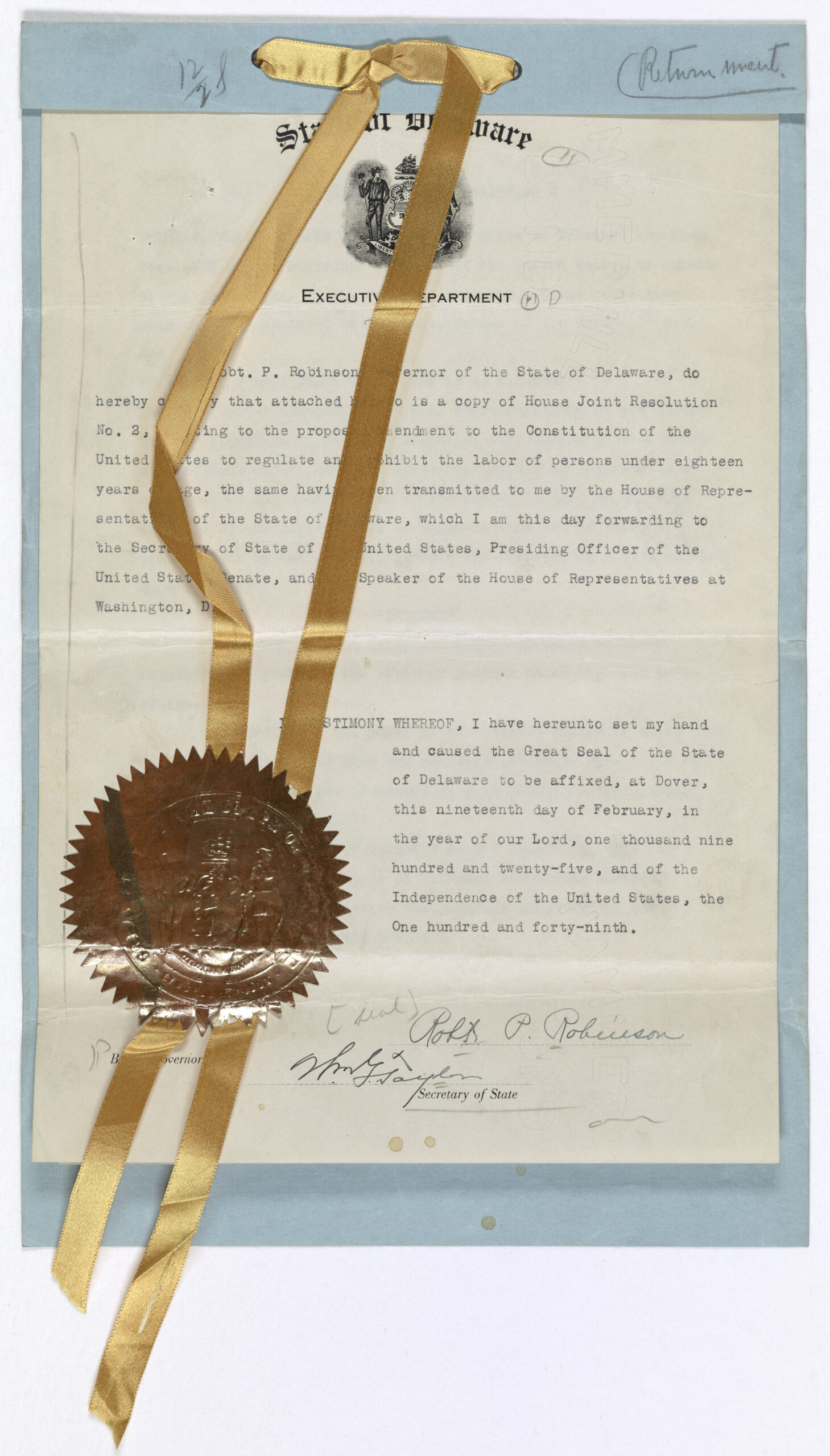Archives Experience Newsletter - May 2, 2023
The Mother of All Union Organizers
The history of America can be told through the different political movements that have dotted our timeline. Although leaders of the Civil Rights Movement and women’s suffrage call to mind some of the most famous Americans in history, labor leaders aren’t as recognizable. Even May Day, the original labor holiday celebrated annually on May 1, passes without recognition.
So if you’ve never heard of Mary G. Harris or her work in the labor movement, that’s understandable. But you will after today, because for Mothers’ Day, we’re celebrating one of the great mothers of the Labor Movement. Her story is alive in the National Archives, and we’ve put in the work to share it with you…
In this issue
History Snack
Half a Day
By the middle of the 19th century, the United States was experiencing massive upheavals in the economic and social sectors of its society. Industrialization rapidly overtook hand labor in the North, bolstered by waves of immigrants from Ireland and Germany who flowed into cities and factories. By 1861, the population of the country had risen to just over 31 million, 22 million of whom lived in the 22 Northern states.
For the most part, industrial working conditions in this period were miserable and dangerous. People operated machines for 12 hours or more in dim, dirty, noisy, crowded, poorly ventilated factories and mills, earning pennies for their efforts. They worked on railroads, in slaughterhouses, in mines and steel and textile mills with no safety protections, often for rich owners who preferred to just replace them if they got hurt rather than implement measure to protect them.
Children made up a sizable proportion of the labor pool. According to the 1900 census, one-sixth of all American children under the age of 16 were employed. Although it was illegal in many places for children younger than 14 to work in factories or mills, their parents often lied about their kids’ ages because they were desperate to gain more income for their families. Consequently, young children were working side by side with adults in dangerous and dirty situations for hours on end for very low pay.
Beyond Her Years
The woman who became Mother Jones was born in Cork, Ireland, to Ellen (née Cotter) and Richard Harris, Irish-Catholic tenant farmers. Her birth date is not known, but she was baptized Mary G. Harris on August 1, 1837. Like many of her compatriots, Mary and her family fled Ireland during the Irish Potato Famine, which killed a million Irish people outright and sent another million overseas to seek new livelihoods on foreign soil.
Mary’s family settled in Toronto, Canada, when she was probably about 10. Mary attended the Toronto Normal School, a teachers’ college that was tuition-free and paid its students a stipend of $1 for each semester they completed. Mary left the school before she completed her degree, but she landed a teaching job at a convent in Monroe, Michigan. She was 23 and on her way to making teaching her life’s work, but she didn’t find it a good fit. She left the school and moved to Chicago and then to Memphis, Tennessee, where she worked as a dressmaker. There she met George E. Jones, a union organizer for the National Union of Iron Moulders. They married in 1861, and she devoted herself to making a home for her husband and their four children.
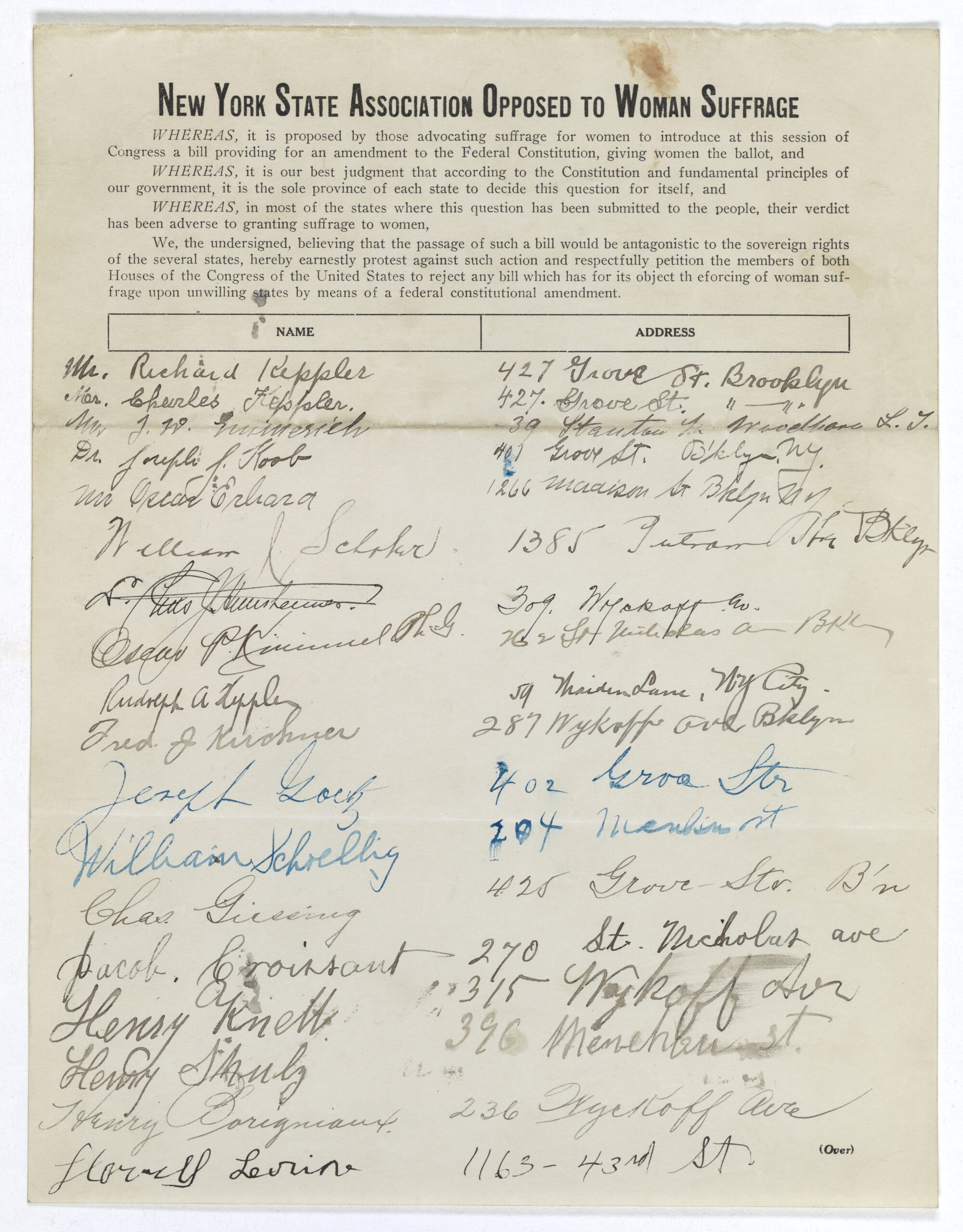
New York State Association Opposed to Women’s Suffrage
National Archives Identifier: 23914362
Mary G. Harris was transformed into Mother Jones upon the anvil of loss. In 1867, a yellow fever epidemic swept through Memphis, sickening 2,500 people and killing more than 500, among them Mary’s husband and all four of her young children. She retreated to Chicago and opened a dress shop, only to lose it in the Great Chicago Fire of 1871.
Stricken with grief, Mary Jones joined the Knights of Labor and started working for the union. She essentially became, from that point forward, an itinerant union organizer, homeless but most certainly not voiceless, and, to the rich owners of the mines and mills and railroads with names like Rockefeller and Morgan, increasingly dangerous. She traveled all across the country, speaking to striking workers, exhorting them to join the union and never give up the fight for their rights.
This was the most vicious era of labor conflict in the United States, when protests regularly ended in the police bludgeoning and shooting strikers. The Haymarket Affair, which began as a peaceful demonstration in Haymarket Square in Chicago on May 4, 1886, in support of striking workers at the McCormick Harvesting Machine Company, ended violently when an unidentified person threw a bomb at the police, killing seven policemen and four civilians and injuring dozens more. It also effectively ended the Knights of Labor, so Mary Jones then affiliated herself with the United Mine Workers (UMN) and the Socialist Party of America.
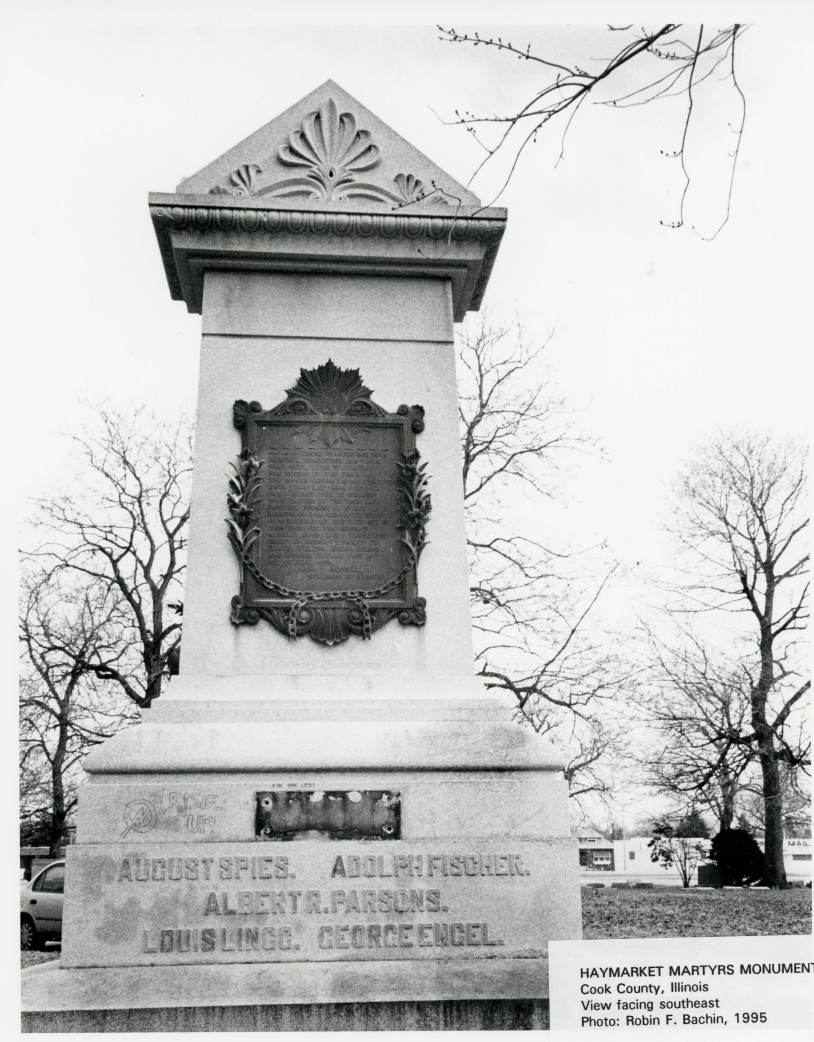
Haymarket Martyrs Monument, Illinois
But Jones seemed to be tireless, and she also seemed to be everywhere—in Kansas City supporting unemployed men who marched on Washington, D.C., to demand jobs; in Birmingham, Alabama, supporting both Black and white miners during a coal strike; at a railroad convention, where she spoke in support of Eugene Debs, the leader of the American Railway Union, who had just served six months in jail for supporting striking Pullman workers.
After she spoke at the convention, the union men started calling her “Mother Jones.” She quite deliberately constructed a persona that was considerably older than her years, dressing entirely in black, from the hat atop her head to the shoes that peeped out from beneath her old-fashioned skirts. She stood barely five feet tall, but her rich Irish brogue carried impressively across large rooms and open spaces. She was charismatic and bold, utterly unafraid. She acted as though she had nothing left to lose.
She was in Pittsburgh when tens of thousands of coal miners nationwide struck for better wages and working conditions. She went on to West Virginia and Colorado to encourage them to keep the faith. She worked with steel workers and textile workers and Black workers and their wives and children, organizing, encouraging, urging them on. For her pains, she was barred from entering more towns and jailed in more states than any other union leader.
One issue that Jones cared about deeply was child labor. When 100,000 silk workers, 16,000 of them children, walked out of the textile mills in Philadelphia in 1901, demanding that their workweek be cut to 55 hours from 60, Jones led 100 children on a “March of the Mill Children” from Kensington, Pennsylvania, to President Theodore Roosevelt’s Summer White House in Oyster Bay, New York. She didn’t want their working hours cut—she wanted child labor abolished altogether.

Matewan Historic District, the site of several mine battles between workers, police, and mining companies
In 1912, Mother Jones was arrested at the Paint Creek-Cabin Creek Strike in West Virginia. She was tried on several charges, including conspiracy to commit murder, before a military court. She was convicted and sentenced to 20 years in the state penitentiary, but after 85 days of house arrest, public outcry had grown so loud that she was released.
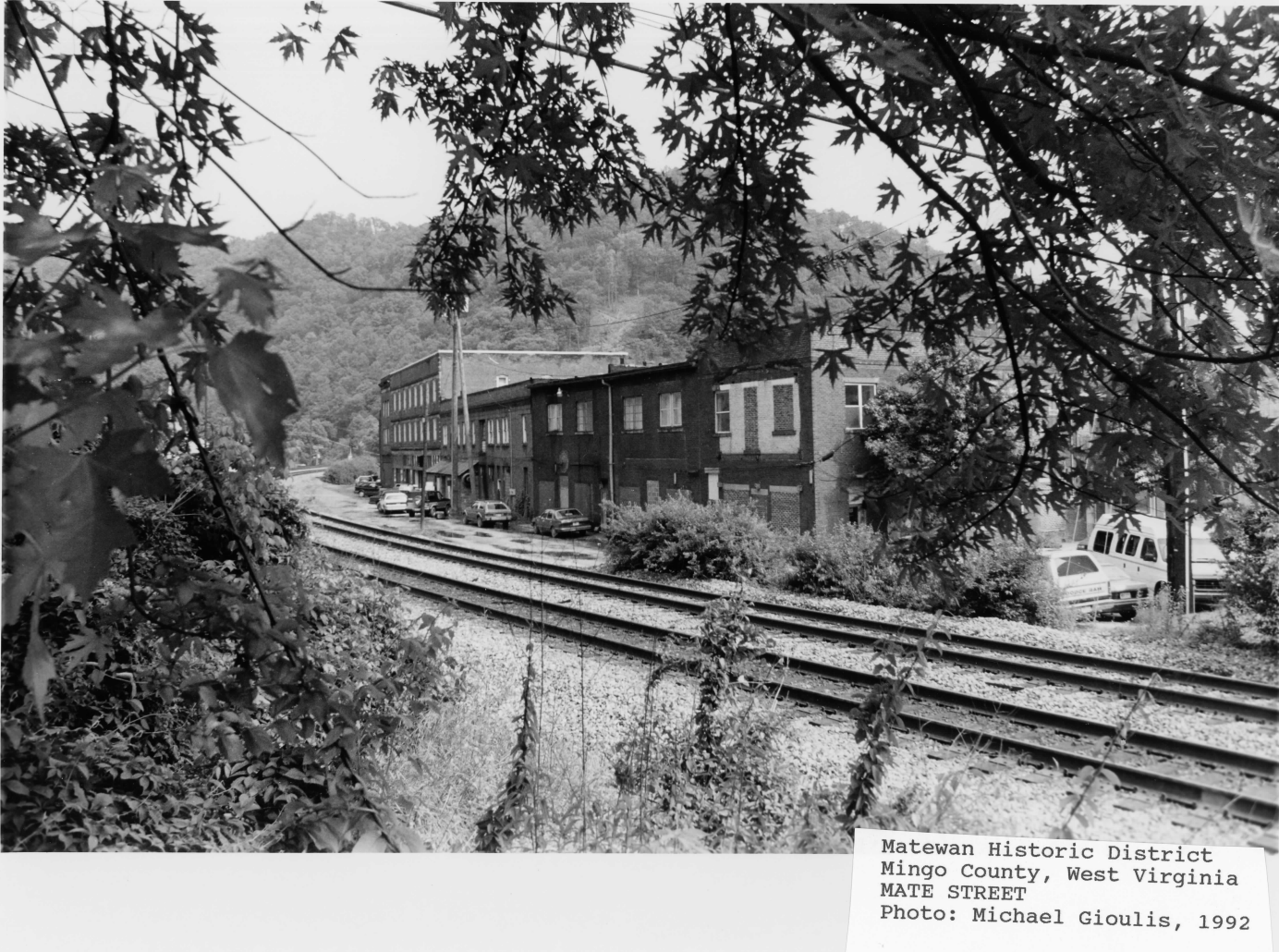
Matewan Historic District, the site of several mine battles between workers, police, and mining companies
Reese Blizzard, a West Virginia district attorney, who indicted her in 1902 for ignoring an injunction that forbade striking miners from meeting, called her out at her trial: “There sits the most dangerous woman in America. She comes into a state where peace and prosperity reign… crooks her finger [and] twenty thousand contented men lay down their tools and walk out.”
Interestingly, Jones was opposed to women’s suffrage, although that was not necessarily uncommon among female activists of her day, who often thought it was more important to concentrate on a single issue, be it temperance or workers’ rights or what have you, than on several at a time. “You don’t need the vote to raise hell!” she is reported to have said.
In 1921, when she must have been nearly 80, Mother Jones moved in with friends in Silver Spring, Maryland, although she continued to travel on union business from time to time. Her last strike appearance was in 1924, when she went to Chicago to support striking dressmakers. On May 1, 1930, she celebrated her 100th birthday—although it is doubtful that she was really quite that old. She died on November 30, 1930, in Silver Spring, and she is buried in the Union Miners Cemetery in Mount Olive, Illinois.
Not Yet 9-5
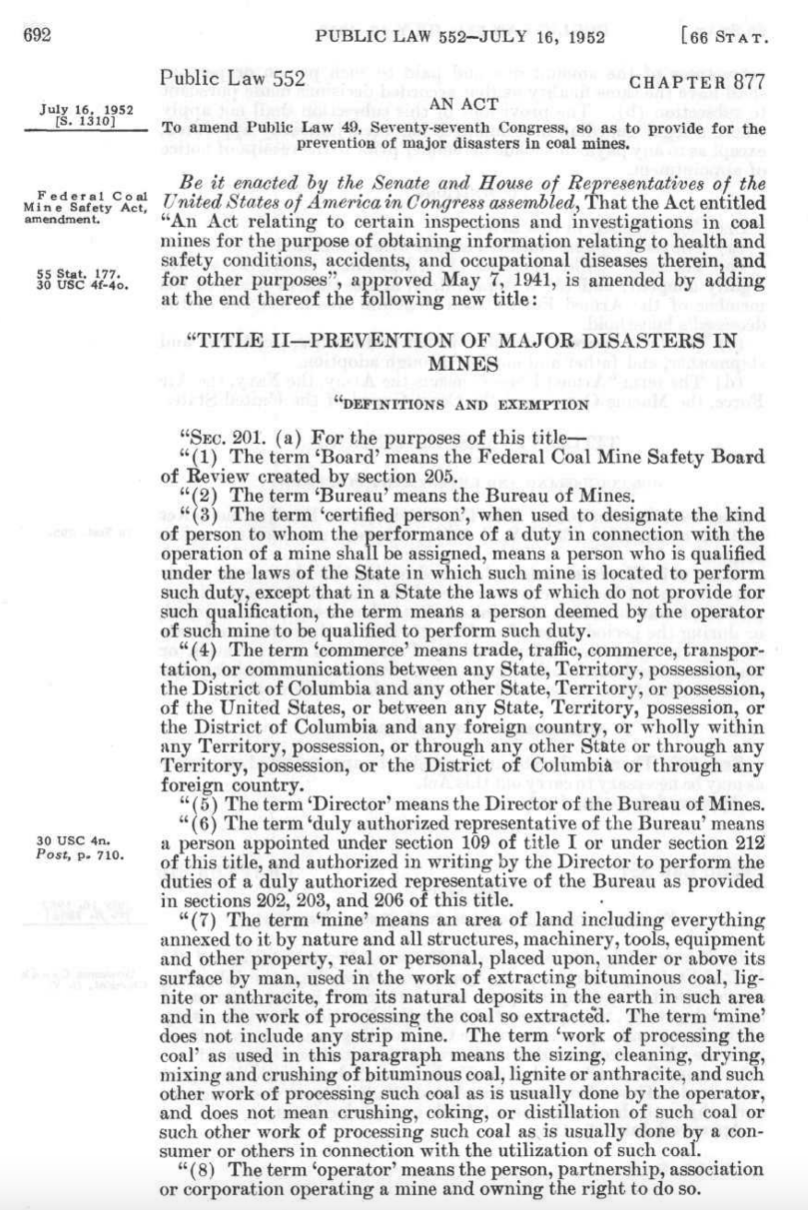
Federal Coal Mine Safety Act of 1952
Despite Mother Jones’ best efforts, labor, and child labor specifically, was not particularly well regulated in the United States until far into the 20th century. Take Pennsylvania, as an example: in 1904, at least partially because of Mother Jones’ actions in the silk workers strike in Philadelphia, the Pennsylvania Child Labor Committee persuaded state representative Henry Walnut from Philadelphia to introduce a child labor bill to the state legislature that failed to pass. It wasn’t until 1915 that the committee finally managed to get a law passed that restricted children to working a nine-hour day and a 52-hour workweek.
The federal government didn’t get around to mandating rules about child labor until 1938. The Fair Labor Standards Law states that children younger than 14 cannot be employed, children between 14 and 16 can work in certain jobs for limited hours and children between 16 and 17 can work unlimited hours in jobs that aren’t hazardous. Exceptions are working for their parents, as child actors, as newspaper delivery persons and in agriculture.
Laws governing mine safety were also a long time coming. The Federal Coal Mine Safety Act was passed in 1952, followed by the Federal Mine Health and Safety Act in 1969. It requires federal inspections of all coal mines, authorized mine inspectors to shut down mines when they find life-threatening hazards, created enforceable safety protections and fines for violations, added health protections, including for black lung disease, and added federal benefits for black lung disease. Further modifications of this law have since been passed.
Passed in 1970, the Occupational Safety and Health Act established the Occupational Safety and Health Administration. The agency creates standards to ensure that workers are employed in safe environments.

Here’s something educational:
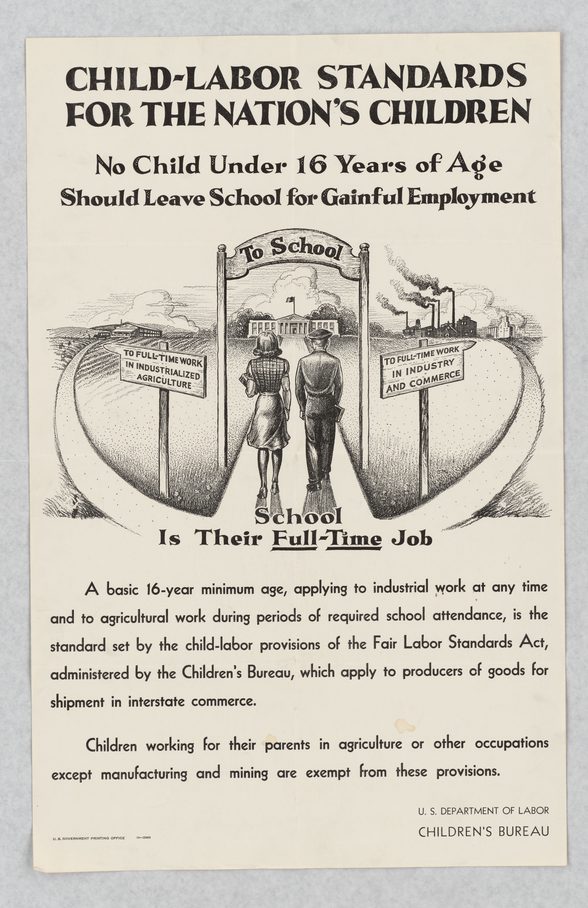
Child Labor Standards
National Archives Identifier: 514051
Mother Jones’ arguments against child labor were eventually taken seriously by the Department of Labor. As women flooded into the factories to ensure jobs left behind by men were taken, there’s one group that didn’t follow: children.
The Children’s Bureau division of the Department of Labor published this pamphlet, targeted at both parents and employers. It clarified that no child under 16 could be employed, and mandated that they should be in school instead.
Even in the midst of war, the government saw school as a child’s full time job.









